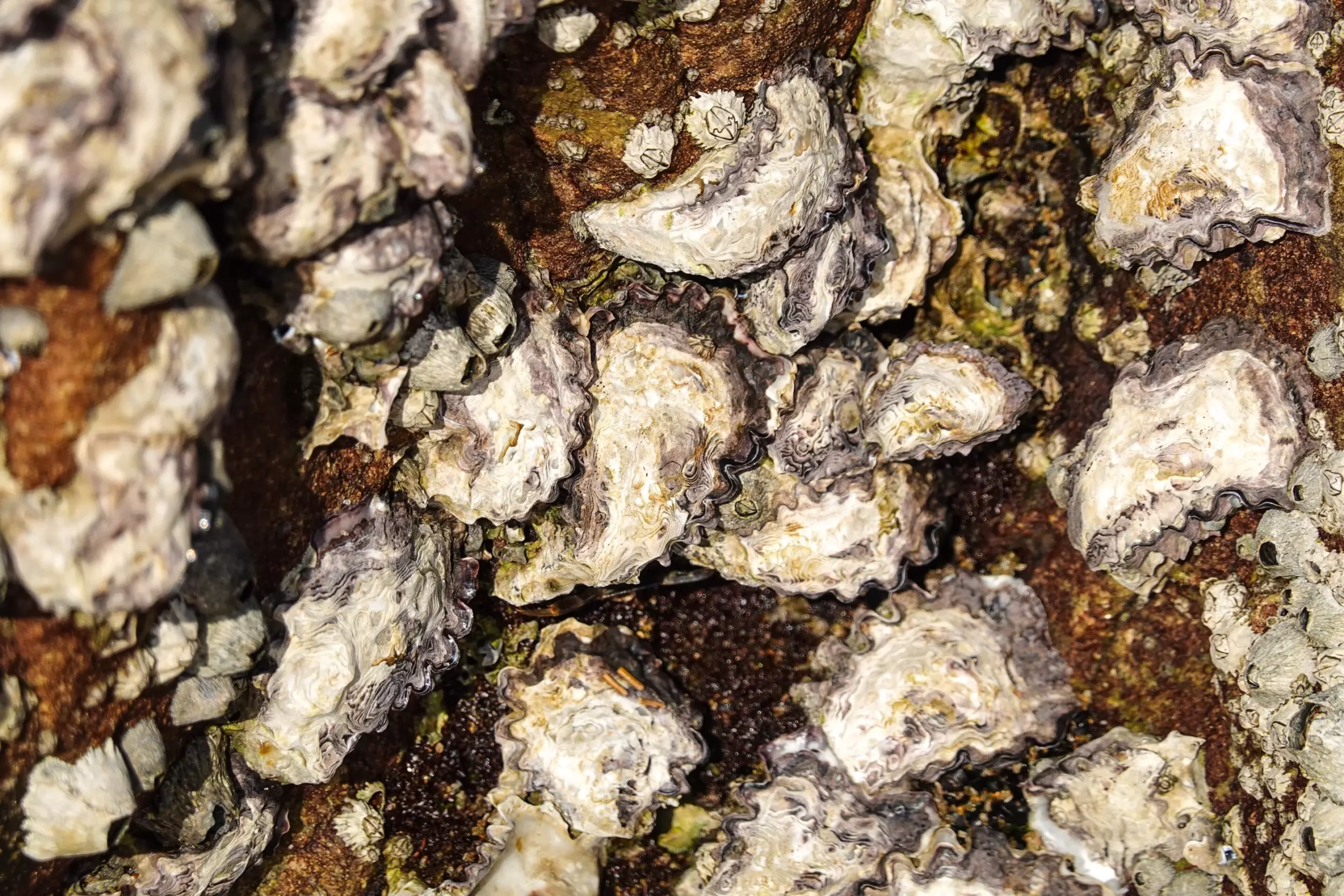While many consider oysters a delicacy, their ecological and biochemical importance transcends their culinary appeal. Recent research has unveiled a remarkable property of freshwater oysters, specifically Etheria elliptica: the ability to produce a unique adhesive. This discovery may herald a new era in the development of environmentally sustainable glues, which have various applications spanning dental medicine to construction. Using advanced technology at the Canadian Light Source (CLS) in Saskatchewan, a collaborative international research team has successfully decoded the composition and properties of this oyster adhesive, which could pave the way for innovative green solutions.
What sets the adhesive from Etheria elliptica apart is its intricate composition. Unlike typical adhesives found in the animal kingdom, this oyster glue is primarily made from aragonite, a mineral also found in oyster shells and certain other marine organisms. Remarkably, the oyster structures this mineral to create a substance that is soft on the outside and progressively harder within. Rebecca Metzler, a physics professor at Colgate University, notes that while the oyster glue may not directly match human bones or teeth in composition, the underlying principles may hold valuable insights for medical applications in human biology.
The adhesive’s stickiness stems from a combination of aragonite and distinctive proteins synthesized by the oysters. Metzler and her team’s pioneering work has revealed new insights that could be utilized to develop synthetic adhesives that mimic these natural properties. The potential applications are as diverse as they are innovative, including biodegradable alternatives to traditional glues, adhesives for dental implants, and even construction materials suitable for submerged environments.
The methodological framework of this research was equally novel. The CLS provided an ideal environment for examining the oyster adhesive due to its unique energy ranges and high-resolution imaging capabilities. This allowed researchers to delve into the structural qualities of the adhesive and obtain vital spectral data. Metzler emphasized the CLS’s role in successfully answering critical questions about the glue’s composition and arrangement, demonstrating the importance of cross-disciplinary research in unlocking nature’s secrets.
Additionally, findings from the Advanced Light Source (ALS) synchrotron complemented the data gathered at CLS, further enriching the understanding of the adhesive’s properties and behaviors. The research exemplifies a cohesive integration of advanced scientific techniques to provide insight into biological phenomena.
Understanding the ecological role of Etheria elliptica becomes increasingly pertinent, particularly as freshwater mussel populations decline globally due to environmental pressures such as climate change and habitat destruction. Metzler’s research not only aims to illuminate the adhesive’s mechanics but also to contribute to ecological conservation efforts. By studying how these oysters construct their underwater reefs, insights can be gained regarding habitat preservation and sustainable harvesting practices that ensure species survival.
As the next phase of this research kicks off, Metzler highlights the importance of assessing how climate change may be affecting more recent oyster samples. The potential shifts in adhesive characteristics due to environmental changes are areas of critical inquiry. This endeavor underscores a broader objective of merging scientific discovery with ecological stewardship, ensuring not only innovation in materials but also the safeguarding of unique biological systems.
The discovery of the adhesive properties of Etheria elliptica oysters heralds a promising direction for both chemical innovation and environmental conservation. By learning from nature’s ingenuity, researchers are positioned to develop green alternatives to synthetic materials that can benefit various industries. This research serves as a reminder that appreciating and understanding the natural world can unlock solutions to human challenges while emphasizing the necessity of conserving the ecosystems that give rise to such innovations. As we venture forward, fostering interdisciplinary collaborations like those seen in Metzler’s study may prove essential for navigating the complexities of sustainability in an increasingly challenged environment.

